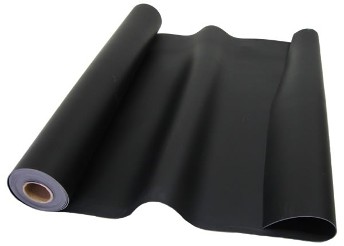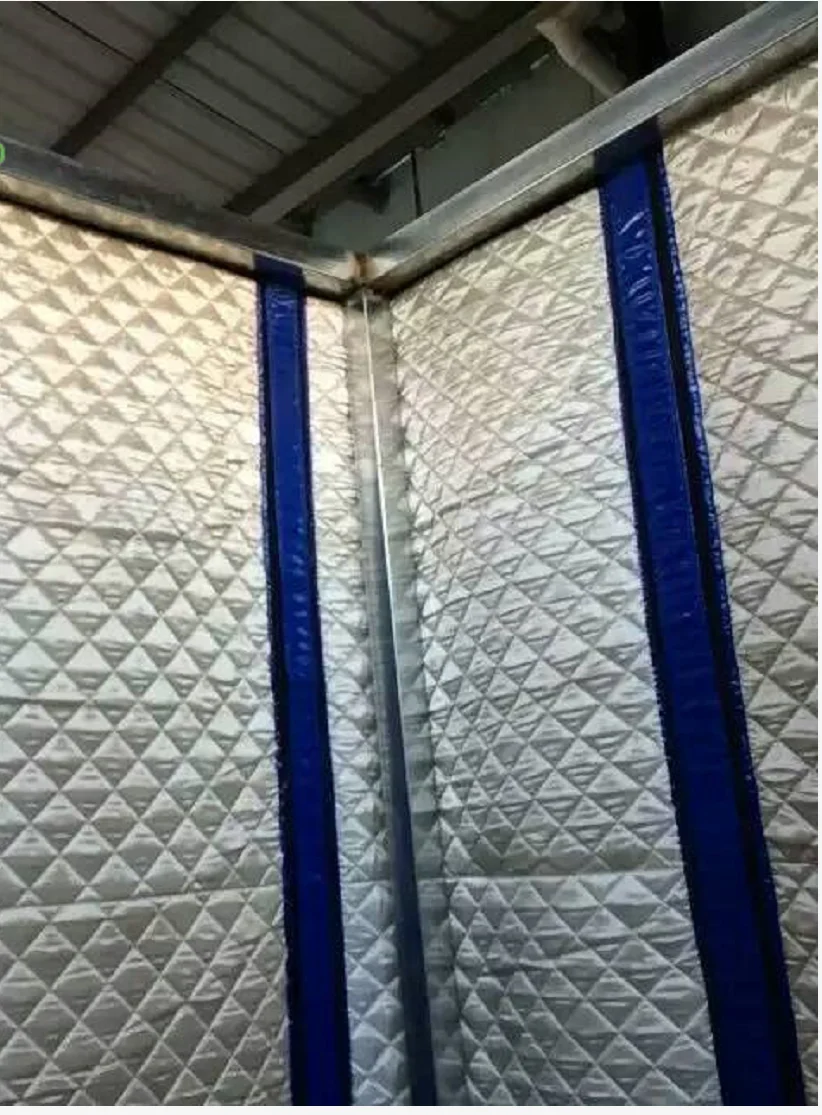

The most simple way to increase the mass of a surface you wish to soundproof is to double layer it. The more material that it must vibrate, the heavier it will be, making it harder to cause these vibrations. For sound to pass through a wall or other surface, it must cause it to vibrate. Mass is the amount of material between your sound source and the area you are trying to keep quiet. Let’s take a look at what each one is and how we can improve them for more effective soundproofing. To reduce sound transmission, you’ll need to combine the effects of several or all of these concepts.

On their own, each of these principles of soundproofing is only moderately effective. When trying to make a wall or other structure soundproof, there are four main principles to take into consideration.

MASS LOADED VINYL CHEAP HOW TO
Principles of Soundproofing Mass Absorption Damping Decoupling How is Soundproofing Measured? Drywall vs OSB vs Plywood vs MDF for Soundproofing Drywall Medium Density Fiberboard (MDF) OSB Plywood MDF vs Drywall for Soundproofing Plywood vs MDF for Soundproofing Drywall vs OSB for Soundproofing MDF vs OSB for Soundproofing How to Improve Noise Reduction Add Insulation Increase Mass - Add More Material Use Acoustic Drywall Resilient Channels and Sound Isolation Clips Wall Studs Use Mass Loaded Vinyl Green Glue Conclusion Principles of Soundproofing


 0 kommentar(er)
0 kommentar(er)
